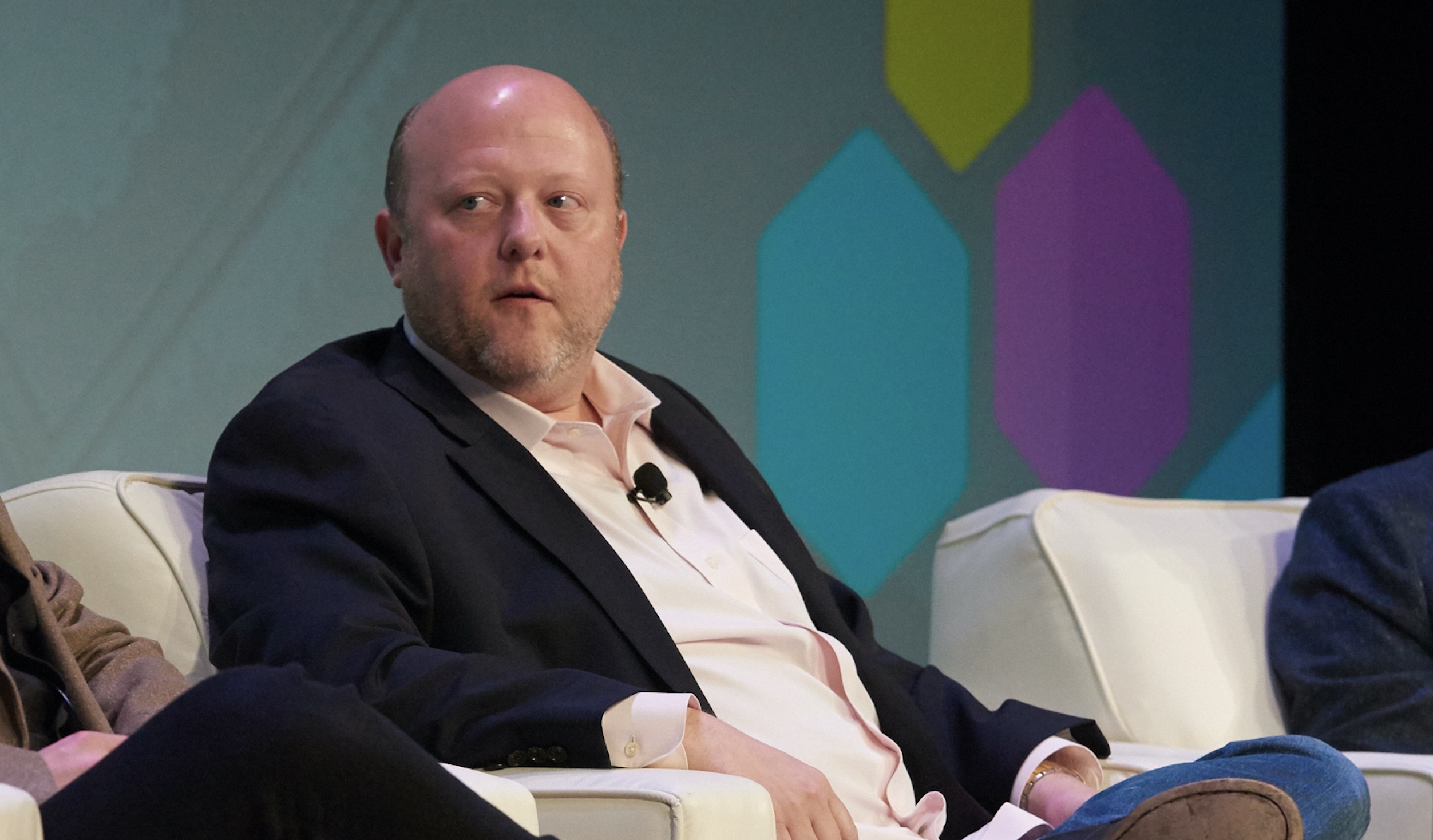Philanthropy’s Blockchain Uptake Is Slow, But Future Is Bright
New research conducted at the Robert Kennedy College and University of Cumbria by Daniel Mihai sheds light on the state of blockchain in philanthropic and charitable organizations. It doesn’t make for optimistic reading, but there are some useful insights and evidence of a constructive path forward. The research is grounded on a survey conducted with 281 charitable organizations from across the globe.
From reading the outputs of the research, it’s clear that the nonprofit sector’s adoption and insights mimic very closely the adoption and performance of blockchain technology across the enterprise sector. And because enterprises don’t often shed as much light on their own internal adoption struggles and results, this study provides useful insights that match well with anecdotal feedback I receive in the market.
For those charities that are implementing blockchain technology in their operations, there were some bright spots. Nearly 70% reported they had enhanced real-time tracking of funds like donations, and spending. Around half said that blockchain adoption streamlined donations and reduced administrative costs. And nearly half the organizations using blockchain also reported that blockchain use resulted in increased frequency or amount of giving by donors because of enhanced trust in the organization and process of giving.
However, there were disappointments in the data as well. Top of the list was that less than half of all entities reported lower transaction costs. It’s possible that high fees on the Ethereum Mainnet had an impact, and not enough charities have taken advantage of the shift to lower-cost Layer 2 networks.
One of the most highly touted features of blockchain technology is the ability to link sources of funding and the use of the funding itself. It’s been discussed and tested in the public sector, and charities are also examining if it can be used to help donors see a clear link between their actions and the associated positive outcomes. Early feedback, however, isn’t compelling: just 32% of the charities using blockchain saw it as useful in correlating donations with impact and outcomes.
Additionally, charities reported that the impact of recognition and reward NFTs was “marginal” at best. It seems we’re still looking for the right way to engage, retain donors, and bring them into a community and ecosystem where they feel recognized, rewarded, and engaged.
These are critical metrics for charities that want to sustain their impact and they all have analogies in business ecosystems as well. Loyal, engaged, and satisfied donors or customers are the ones who keep coming back. The study’s author, Daniel Mihai, had direct experience with this as he is the founder of the
Anu Initiative
, a not-for-profit startup designed to connect donors with the impact generated by their contributions through the use of non-tradeable NFTs.
Over and over again, in the qualitative feedback that I discussed with Daniel, philanthropic organizations complained that blockchain tools, especially those that go beyond payments, are simply not fit for purpose and adoption was difficult to implement and sustain. This is very similar to the kinds of discussions we have with enterprise IT directors. They rarely have the budget to invest in complex new skills to add new technology.
Despite the slow progress and identified obstacles, I came away from reading the study and my discussion with Daniel feeling optimistic. To start with, the number of charitable organizations using blockchain technology is set to nearly double in the next few years: 10% of the surveyed respondents plan to implement blockchain technologies in the next one to three years.
Additionally, just 4% of respondents are against the technology altogether, which is frankly a miracle given the level of fraud and corruption that came to light in the last crypto bubble.
Furthermore, the single biggest obstacle among the 72% of charities that have no plans to implement is simply due to a lack of education. For every identified benefit, such as lower costs or better transparency, 80% of the non-adopting respondents consistently had no knowledge of the value proposition and reason for implementing. That means no prejudice either for or against, just a lack of awareness.
Having served several non-profits and acted as a board member in a couple, I believe we must fix the usability problem before we go on a campaign to raise awareness. Most non-profits operate on tight budgets and depend heavily on volunteers. They don’t have large IT departments and rarely have “innovation budgets” to tap into. Adoption by non-profits is a good test of product simplicity and reliability.
The future of doing good looks pretty good from here
While enterprises are not as strapped, we must recognize that enterprise IT departments just aren’t what they used to be. Fifty years ago, companies hired software developers, and more often than not, wrote their own software. Today, nearly all enterprise IT systems are based on off-the-shelf packages and are managed by outsourcing contracts. The job in enterprise IT is integration and process control, not new development.
To drive adoption, therefore, we must replace complicated, blockchain-specific solutions with application integration models that enterprises already know how to use. This is starting to happen, as firms like PayPal, Stripe, Wise, and others, make crypto payments just another option in their standard offerings. At EY, we’re aiming for the same: standardized Application Program Interfaces (APIs) that enterprises use to plug into their own applications for supply chain integrations and procurement.
Perhaps best of all, it’s clear that a whole ecosystem of philanthropic organizations that are blockchain-centric have emerged to serve the world’s non-profits. Endaoment, The Giving Block, Gitcoin, GainForest, Charmverse and others were all cited by the study participants as having facilitated adoption and achieved good results. The future of doing good looks pretty good from here.
If you would like a copy of the detailed study results, please e-mail Daniel Mihai at daniel@anuinitiative.org.
Note: The views expressed in this column are those of the author and do not necessarily reflect those of CoinDesk, Inc. or its owners and affiliates.
Edited by Benjamin Schiller.









